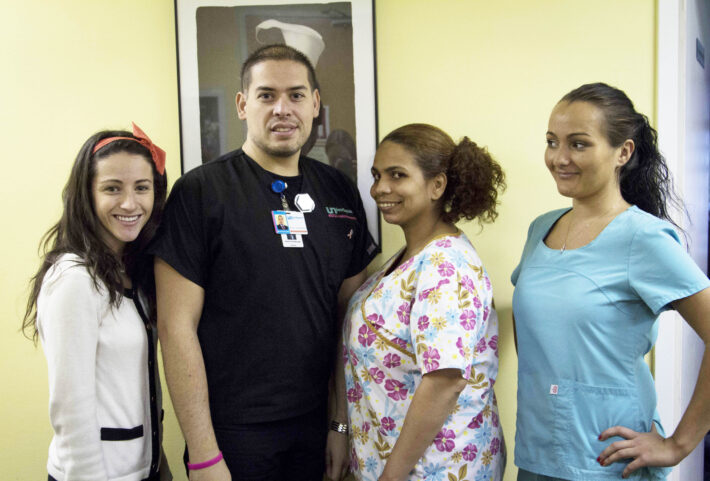
Law student turned yoga instructor, Zara Wilkins, 35, was buried in student loan debt when she discovered a lump in her right breast in April of last year. With little money for diagnostic services and treatment, she was referred to the Breast Treatment Task Force (BTTF), a New York-based privately funded safety-net organization, for help. “I am forever grateful to BTTF for covering the bills,” said Watkins, whose medical bills were covered in full by the organization. “My medical bills would have been in the tens of thousands, [maybe] $30 [to] $40 [thousand] because I had a surgery to remove the lump. Had they only been willing to cover half the bills, I probably would not have done the procedure…I would have just ignored it.”
Despite the passing of the federal health reform bill, Watkins says she will still be unable to afford health insurance. “There’s nothing I can do,” said Watkins, who says she’ll likely remain uninsured even under the Affordable Care Act. “All [of] my disposable income goes to my debt for the law degree. I don’t have the money. I can’t pull the money out of [nowhere].”
The Patient Protection and Affordable Care Act, signed into law by President Obama in March 2010 and upheld by the Supreme Court this past June, goes into full effect in 2014, and is designed to decrease the number of uninsured Americans by making health insurance more affordable. It also gives women access to free preventative care, including mammograms. For the currently uninsured, like Watkins, the law provides two options, depending on income bracket. First, those earning less than 133 percent of the Federal Poverty Level (FPL), approximately $14,800, qualify for Medicaid. Second, those who fall into the salary range of up to 400 percent of the FPL, or up $44,680 in 2012, like WAtkins, will qualify for federal tax credits, or subsidies, to help cover the costs of the insurance premiums. Anyone who doesn’t purchase health insurance under the health care reform mandate will pay a fine. In 2014, the first year, this fine will be $95 or 1 percent of income, whichever is greater, and will increase to $695 or 2.5 percent of income by 2016.
Although guidelines have not yet been finalized by the Department of Health and Human Services, the subsidies will decrease as income approaches the 400 percent limit. According to BTTF and a 2011 issue brief on the affordability of the health care mandate published by The Commonwealth Fund, relatively high out-of-pocket costs compared to income will continue for those in this income bracket, even with the subsidies. Watkins and others like her may choose to pay the fine and remain uninsured rather than purchase health insurance they cannot afford.
This is the population that BTTF is currently serving, according to Janice Zaballero, the organization’s founder and executive director. In 2011, the organization served 365 patients, spending approximately $127,000 on diagnostic and treatment services. Zaballero does not expect the the number of patients to change, even with health care reform.
Kayla Mahler, BTTF director of communications, said that the results of a 2011 patient survey showed that 90 percent of their patients would rather pay the fines than buy health insurance.
However, not everyone is convinced that people will choose the fine over health insurance, or that the out-of-pocket costs of health care under the mandate will be prohibitively unaffordable. “The Affordable Care Act isn’t going to harm these women,” said Maura Calysn, the associate director of health policy at the Center for American Progress, a Washington D.C.-based think-tank. “It just might not be as much help as they need or want. They’re still going to be better off than they were before the act.”
Jennifer Mishory, deputy director of the Young Invincibles, a Washington D.C. youth interest group that collaborated with BTTF on a webinar detailing the implications of health care reform for low-income women, said, “Given that many of these women have no option of coverage at all right now… enrolling in a comprehensive plan with a max on the out-of-pocket payments will be a huge improvement and ensure that these women don’t go bankrupt if they do get really sick.”
“Getting coverage will be an individual decision, but as more individuals understand their new coverage options and the importance of insurance, more will enroll [over time],” she added.
Dr. Robert Field, a professor of law and public health at Drexel University, said that early estimates indicate that only approximately 1-2 percent of the population nationwide will remain uninsured and pay the fine. Meanwhile, the authors of the 2011 Commonwealth Fund issue brief concluded that “fewer than 10 percent of families above the federal poverty level do not have the resources to pay for premiums and typical out-of-pocket costs, even with the subsidies provided by the health reform law.”